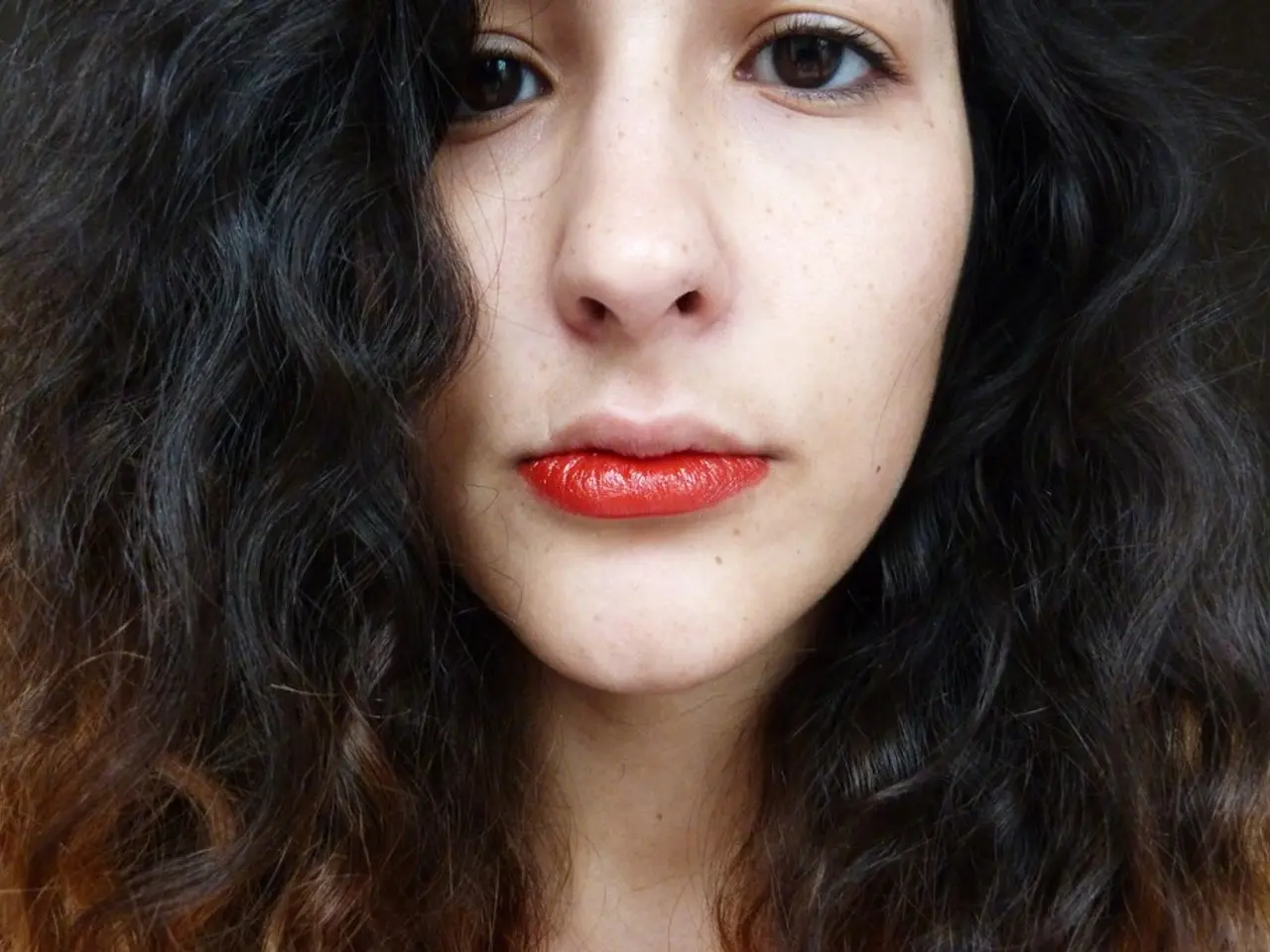Cost, Uses, Side Effects, Alternatives, and Other Details Regarding Eucrisa
Eucrisa, a prescription medication, was introduced to the market in 2016 as a novel treatment option for mild to moderate Atopic Dermatitis (AD), the most common form of eczema. This drug, belonging to the phosphodiesterase-4 (PDE-4) inhibitor class, is currently the only drug in its class for this use [1].
Eucrisa is not an over-the-counter medication and requires a prescription from a doctor or healthcare professional. It comes in a 2% strength, providing 20 mg of the active ingredient, crisaborole, per gram of ointment [2].
When applying Eucrisa, it's essential to remember that certain symptoms aren't restricted to just the area where you apply the ointment. Monitor your whole body for skin-related symptoms of allergic reaction [1].
The most common side effects of Eucrisa are application site reactions, specifically burning, stinging, or pain where the medication is applied [3][5]. These side effects are generally mild and tend to be short-lived, but if severe or persistent, a healthcare provider should be consulted. Eucrisa's side effects are mainly localized at the treatment site rather than systemic [3][5].
Allergic reactions can occur after applying Eucrisa, which is a rare but serious side effect. Symptoms of a severe allergic reaction to Eucrisa can include swelling under the skin, swelling of the tongue, mouth, or throat, and trouble breathing [1]. If you experience such symptoms, call your doctor right away and seek emergency medical help if your symptoms feel life-threatening.
In clinical studies, Eucrisa was effective at treating mild to moderate AD in adults and children ages 2 years and older. An additional clinical study confirmed Eucrisa's effectiveness for babies and toddlers ages 3 months to 2 years [6].
It's important to note that Eucrisa is not approved by the FDA to treat psoriasis, acne, or rosacea. However, it may be prescribed off-label for these conditions [7].
Eucrisa contains non-active ingredients, such as white petrolatum, which helps moisten and protect the skin [8]. If you need financial support to pay for Eucrisa, help is available through the manufacturer's copay savings card or other savings programs [9].
Eucrisa may be more costly than other topical treatment options that have been available for many years. To help lower the drug's cost, it may be available through a mail-order pharmacy [10].
In a clinical study, the most commonly reported side effects after long-term use of Eucrisa were mild to moderate and included worsening AD, pain in the area the ointment was applied, and infection in the area the ointment was applied [11].
If your doctor confirms an allergic reaction to Eucrisa, they may stop the treatment and treat your symptoms with oral antihistamines, topical corticosteroids, or injectable drugs [1].
Other drugs are available to treat AD, and the best choice will depend on many factors, such as your symptoms, lifestyle, and experience with past treatments [12]. If you notice severe itching, swelling, or more skin redness or discoloration than usual, get medical help right away. These could be symptoms of an allergic reaction, which is a rare but serious side effect of Eucrisa [1].
[1] Mayo Clinic. (2021). Eucrisa (crisaborole). Retrieved from https://www.mayoclinic.org/drugs-supplements/eucrisa-crisaborole/description/drg-20463588 [2] Drugs.com. (2021). Eucrisa. Retrieved from https://www.drugs.com/mtm/eucrisa.html [3] RxList. (2021). Eucrisa Side Effects. Retrieved from https://www.rxlist.com/eucrisa-drug/side-effects-224326.htm [4] Healthline. (2021). Atopic Dermatitis Medications: Overview. Retrieved from https://www.healthline.com/health/atopic-dermatitis/medications-overview [5] MedlinePlus. (2021). Eucrisa. Retrieved from https://medlineplus.gov/druginfo/meds/a617023.html [6] National Eczema Association. (2021). Eucrisa. Retrieved from https://nationaleczema.org/eczema/treatment/medications/eucrisa/ [7] American Academy of Dermatology. (2021). Eucrisa: For the Treatment of Atopic Dermatitis. Retrieved from https://www.aad.org/public/diseases/eczema/treatment/eucrisa [8] Drugs.com. (2021). Eucrisa - Uses, Dosage, Side Effects, Interactions, Warning, Review, and Patient Information. Retrieved from https://www.drugs.com/mtm/eucrisa/details [9] Pfizer. (2021). Eucrisa Savings. Retrieved from https://www.eucrisa.com/savings [10] Healthline. (2021). Eucrisa: Side Effects, Uses, Dosage, and More. Retrieved from https://www.healthline.com/health/eucrisa [11] Pfizer. (2021). Eucrisa: Important Safety Information. Retrieved from https://www.eucrisa.com/safety [12] American Academy of Dermatology. (2021). Atopic Dermatitis (Eczema): Medications and Treatments. Retrieved from https://www.aad.org/public/diseases/eczema/treatment/medications
- AbbVie, the manufacturer of Eucrisa, offers a copay savings card for those who need financial support to purchase the medication.
- Eucrisa is a prescription medication used to treat mild to moderate Atopic Dermatitis, a common form of eczema, and is currently the only drug in its class (PDE-4 inhibitor class) for this use.
- Eucrisa may not be approved by the FDA to treat conditions such as psoriasis, acne, or rosacea, but it may be prescribed off-label for these medical-conditions.




